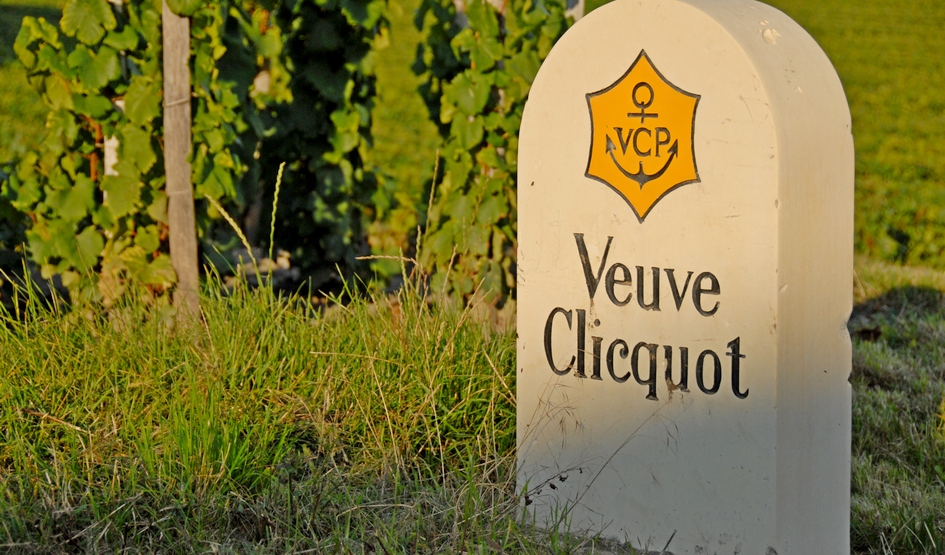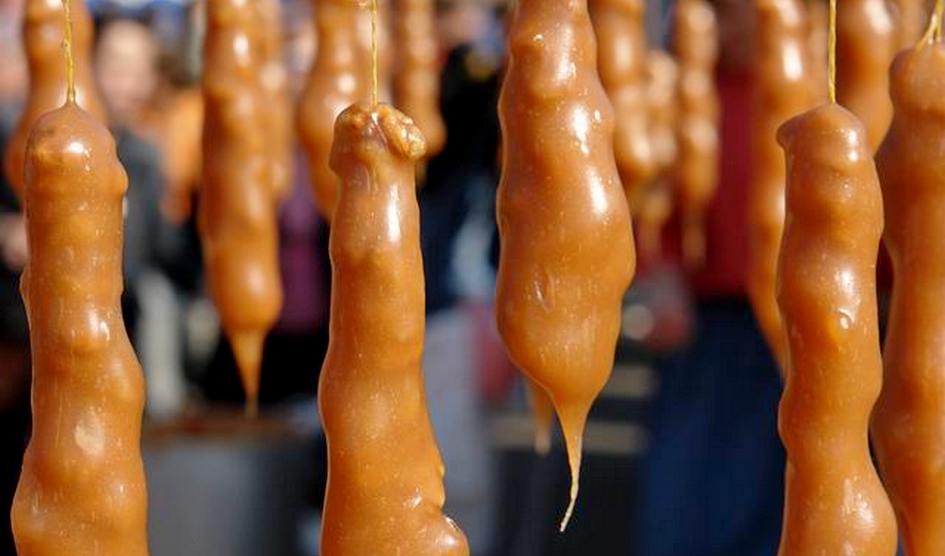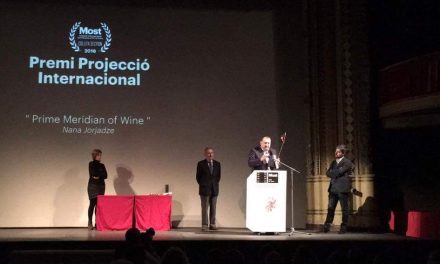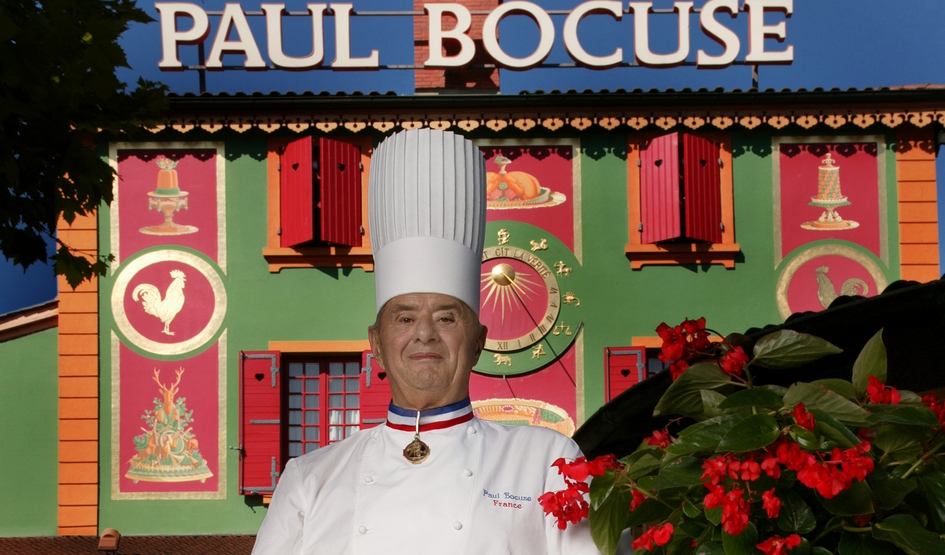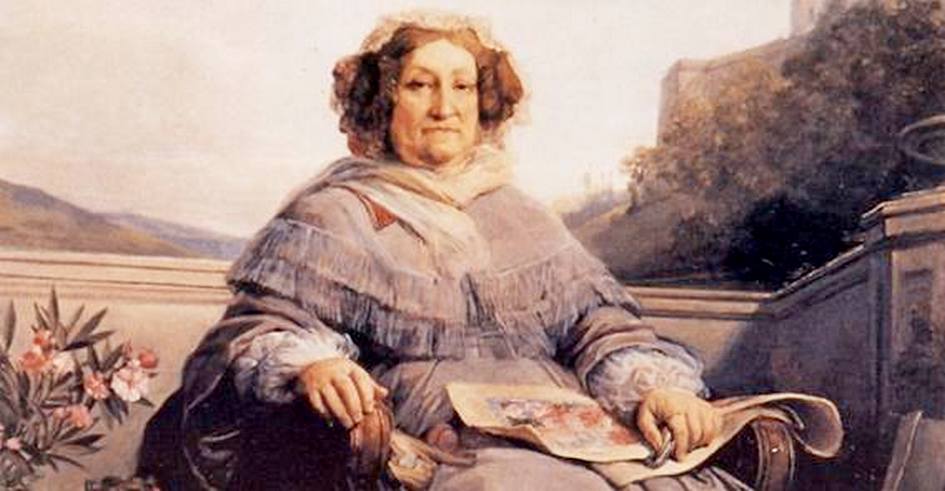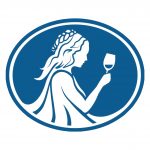In 1772, Philippe Clicquot, born into a family of textile traders and vineyard owners, founded a wine merchant House under the Clicquot name. His ambition was to “cross borders” and, true to his word, Venice was the destination of his first shipment of champagne.
In 1775, a pioneer in the production of rosé champagne, the House exported its first bottles of “pink wine” to Lausanne.
In 1798, Philippe Clicquot brought his son François, recently wed to Barbe Nicole Ponsardin, into the business.
1805 brought the untimely death of François Clicquot. Aged just 27, Madame Clicquot courageously took the reins of the family business and became one of the first business women of modern times. Louis Bohne instantly became her right-hand man. That year, despite a tough economy, the company shipped some 110,000 bottles, including 25,000 for Russia. The following six years were unable to match this commercial success, largely due to the waging of the Napoleonic Wars and the lack of safety on the roads.
In 1810, Madame Clicquot showed her spirit for innovation by creating the first known vintage in the Champagne region (the so called “first vintage”).
In 1811, exceptional harvests produced a remarkable vintage in Champagne. Madame Clicquot succeeded, in 1814, in shipping the wines from her famous harvest to St. Petersburg. In Russia her excellent wine was considered a triumph. In a matter of years, Madame Clicquot became known as the “Grande Dame of Champagne” amongst her peers.
In 1816, Madame Clicquot developed the first ‘riddling’ table, which tilted the bottles at an angle allowing the sediment to slide down into the neck. Since then her champagne improved in quality and finesse.
In 1818, Madame Clicquot used her Bouzy red wines to produce the very first rosé blend in Champagne.
In 1840, to increase the sale and the visual aspect of bottles, the first Veuve Clicquot label was designed in 1836.
In 1866, Madame Clicquot passed away aged 89. Édouard Werlé was her successor and chose to keep the name of the brand we still know today: “Veuve Clicquot Ponsardin”.
In 1877, the yellow label was officially registered.
In 1884, Alfred Werlé took over the House of Veuve Clicquot Ponsardin, following in the footsteps of his father Édouard Werlé. He would play an essential role in expanding the vineyard by later buying several plots of excellent quality vines.
From 1907, inspired by Bertrand de Mun, Alfred Werlé’s son-in-law, Veuve Clicquot Ponsardin experimented with new techniques and further improved the quality of its wines using the latest wine-production discoveries of the start of the century. At this time, the Veuve Clicquot House extended its property holdings and set up production facilities and cellars on the outskirts of the city of Reims.
In 1932, Bertrand de Mun’s son-in-law Bertrand de Vogüé joined the company. Both men played an important part in the growth of the company despite the two world wars period and the economic crisis.
In 1963, Veuve Clicquot Ponsardin became a limited company.
In 1972, for its bicentennial year, Veuve Clicquot Ponsardin launched its first “La Grande Dame”, its “Prestige Cuvee”, and created the “Business Woman Award”, world famous today. Alain de Vogüé was appointed President, taking over for his father Bertrand de Vogüé.
In 1986, “Veuve Clicquot Ponsardin” joined the “Louis Vuitton Group”. “Moët Hennessy – Louis Vuitton” (LVMH) was founded one year later.
In 1995, Veuve Clicquot introduced a new Cuvée to the market, the “Rich Reserve”, created to be paired with gourmet food and reviving the tradition for dosed wines.
In 1996, the first vintage of the House’s rarest cuvees was introduced: “La Grande Dame Rosé 1988”.
In 2000, the “Clicquot Ice Box” was launched, a revolutionary case that transforms into an ice bucket. Since then every year the Clicquot House has developed wine service innovations.
In 2002, the “Clicquot Paint Box” was created, followed in 2004 by the “Clicquot Ice Jacket” the first isothermal bottle cover.
In 2005, the House paid special tribute to Madame Clicquot, 200 years since she took over the House, by organizing a travelling exhibition in her memory to the world’s major cities.
In 2004, “Veuve Clicquot Rosé” was exported in Japan, but it was not until 2006 that this cuvée was marketed globally.
In 2007, 130 years of the “Yellow Label” were celebrated in New York. Following the success of the first “Veuve Clicquot Business Woman of the Year Award”, organized in 17 countries, the Clicquot House opened up the initiative to champion the success of outstanding women in Asia, Africa and Latin America. These awards celebrate women for their contribution to their country’s economic development.
2008 – Veuve Clicquot was recognized for its commitment to quality and sustainable development, receiving ISO 14001 certification in 2004, renewed in 2007, and ISO 22000 certification (quality and food safety) in July 2008.
In 2010 – Moët Hennessy Champagne Services (MHCS), at the service of LVMH’s champagne houses, was created to develop greater synergies.
In July 2010, divers uncovered a shipwreck that had sunk in the mid-19th century, 50 meters deep in the waters surrounding the Åland Islands (a semi-autonomous Finnish archipelago), in which were found the oldest bottles of “Veuve Clicquot” dating from the 1840s. The schooner was most likely heading towards Russia or Finland, which were flourishing markets for Veuve Clicquot champagne at the time. In all, 47 bottles of Veuve Clicquot Ponsardin were discovered in the wreck lying undisturbed in the dark calm of the sea bottom, in ideal conditions of low temperatures and no light for over 150 years. Of these bottles, a full 60% were perfectly preserved. After being brought to the surface, tasted and assessed by wine experts and then fitted with new corks, the bottles are now being preserved by the State of Åland. An expert evaluation dated the bottles to the 1840s, meaning they contain one of the oldest still-drinkable champagnes in the world.
In June 2011, the first “Veuve Clicquot” bottle from this ancient treasure broke a world record, for the highest price ever paid for champagne – 30,000 Euros.
In 2012, was celebrated 40 years of the “Business Women Award”.

